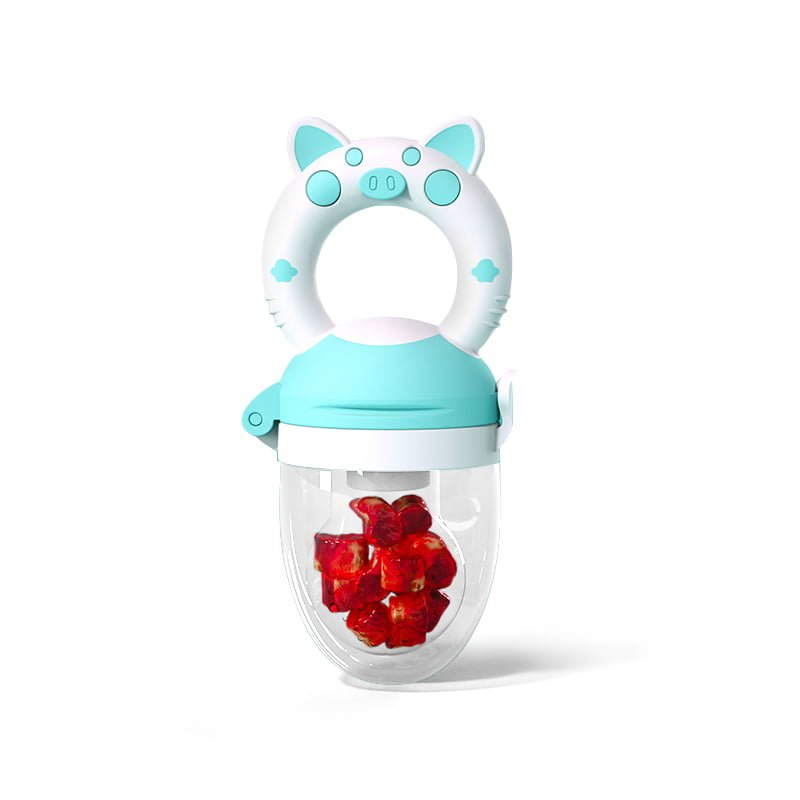Choosing the right pacifier can be a challenging task for parents, with so many options available and each decision feeling crucial. Among the top contenders are natural rubber and silicone pacifiers, and it’s easy to get lost in the details. Both materials offer specific benefits and potential downsides, so this guide is here to help you weigh the pros and cons and make the best choice for your baby’s comfort and safety.
Natural rubber and silicone pacifiers both come with unique advantages. Natural rubber pacifiers are appreciated for their eco-friendliness and gentle feel, often preferred by parents looking for a more natural product. Silicone pacifiers, however, are valued for their durability, ease of cleaning, and hypoallergenic properties.
Deciding which is better ultimately depends on what matters most to you, whether it’s the material’s natural qualities, maintenance requirements, or how well it suits your baby’s needs.
Wondering which option might be a better match for your little one? Let’s dive into the pros and cons of each type to help you make an informed choice.
What Are the Benefits of Natural Rubber Pacifiers?
Eco-Friendly and Biodegradable
Natural rubber pacifiers are made from the sap of rubber trees, making them a sustainable and environmentally conscious choice. They are biodegradable, breaking down naturally over time.
Soft and Flexible
The soft and flexible texture of natural rubber can be soothing for babies, providing a comforting feel that helps calm them.
Minimal Processing
With less processing involved in their production, natural rubber pacifiers appeal to parents who prefer organic and natural products for their baby.
Gentle on Sensitive Skin
The material’s natural softness is gentle on a baby’s delicate skin, making it a great option for little ones with sensitivities.
However, natural rubber pacifiers can come with some downsides. They may have a noticeable smell and can wear out more quickly, meaning they need to be replaced more often. Additionally, because natural rubber contains latex proteins, there is a small chance of an allergic reaction, so parents should monitor for any signs of sensitivity.
Why Choose Silicone Pacifiers?
Durable and Heat-Resistant
Silicone pacifiers are made from a synthetic material that is highly durable and can withstand high temperatures. This makes them easy to sterilize, ensuring good hygiene.
Hypoallergenic
Since silicone is hypoallergenic, these pacifiers are a safe choice for babies with latex allergies, providing peace of mind for parents concerned about potential reactions.
Suitable for Older Babies
The firmer texture of silicone pacifiers can be beneficial for older babies who need a sturdier option to handle stronger sucking habits.
However, some parents feel that silicone pacifiers lack the natural feel of rubber, and despite their long-lasting nature, they are not biodegradable, which may be a concern for eco-conscious families.



How Do These Pacifiers Affect Dental Health?
When it comes to dental health, both natural rubber and silicone pacifiers can be found in orthodontic designs, which are shaped to support the natural development of a baby’s teeth and gums. Choosing a pacifier labeled as orthodontic is key to minimizing any potential impact on your baby’s dental development.
How Do I Decide Which Pacifier Is Right for My Baby?
When choosing between natural rubber and silicone pacifiers, consider factors like your baby’s preferences, any potential allergy risks, and how important environmental impact is to you.
It may be worth trying out both types to see which one your baby responds to best. Also, think about how often you’re willing to replace the pacifier, as natural rubber may wear out more quickly than silicone.
Conclusion
Deciding on the right pacifier means weighing the pros and cons of natural rubber and silicone. Each material has unique benefits, from eco-friendliness to lasting durability. In the end, the ideal pacifier is the one that meets your baby’s needs while also reflecting your values as a parent.